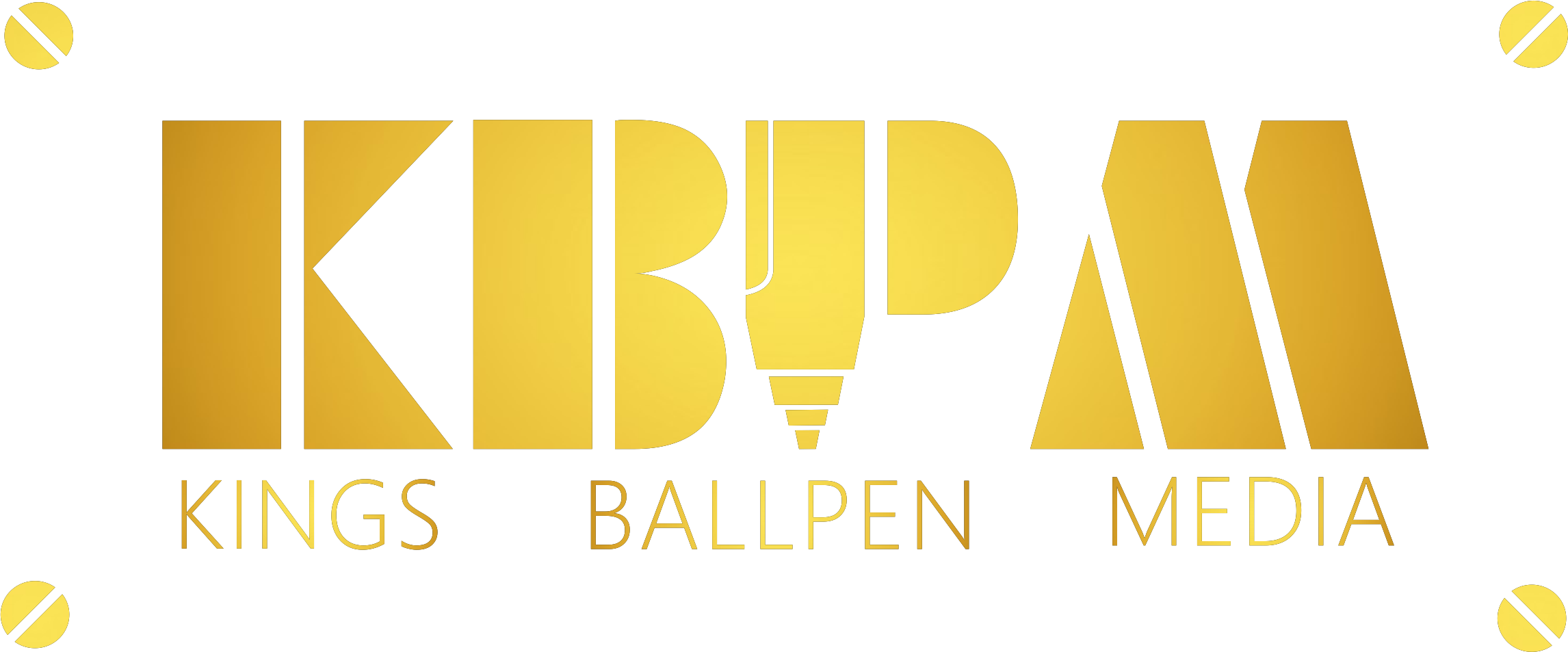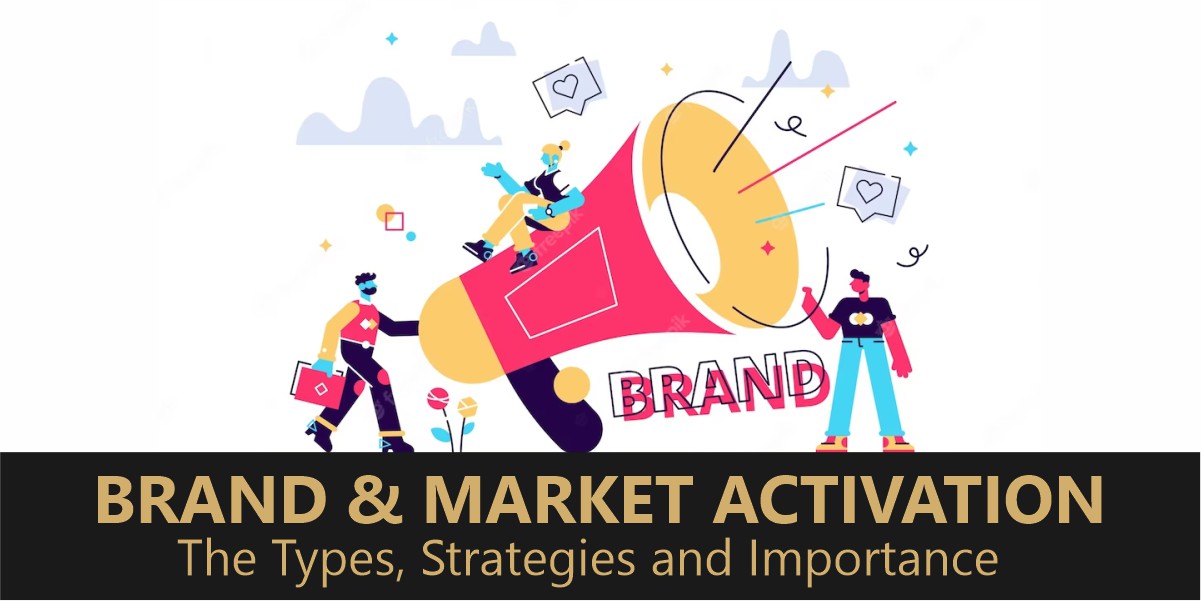What is Brand Activation?
Brand activation is the creation of experiences and activities that bring a brand to life and leave a lasting impact on its target audience. Brand activation aims to improve consumer engagement and forge a stronger emotional connection with a brand.
Brand activation can take various forms, such as live events, product launches, in-store promotions, influencer partnerships, social media campaigns, and other experiential marketing initiatives. The aim is to produce a distinct, memorable, and meaningful experience that reinforces the brand’s core messages and values and increases consumer recognition and loyalty.
Brand activation is establishing a two-way dialogue between a brand and its target audience, and enabling consumers to interact with and physically experience the brand. This contributes to brand recognition, brand loyalty, and a more personal and emotional connection with customers.
What is Marketing Activation?
Marketing activation refers to the techniques and methods employed to bring a marketing campaign to life and achieve the desired objectives. It is the process of implementing and executing a marketing plan to produce sales, consumer engagement, and brand exposure.
Marketing activation may include product launches, advertising, promotions, public relations, events, and experiential marketing, among others. The goal is to develop a unified and integrated campaign that leverages different marketing channels to reach the target demographic and achieve the intended result.
The success of marketing activation is determined by how successfully it achieves the marketing plan’s goals and objectives. This may include indicators like increased sales, brand awareness, website traffic, and social media involvement.
Overall, marketing activation is a critical aspect of any marketing campaign because it is responsible for bringing the campaign to life and producing the desired effects. Effective marketing activation needs careful planning, coordination, and execution to ensure that the appropriate strategies are employed to reach the intended audience and accomplish the desired result.
What is the difference between Brand Activation and Market Activation?
In marketing, brand activation and marketing activation are two connected but distinct ideas. In contrast to brand activation, which focuses on creating experiences and events that bring a brand to life, marketing activation focuses on using techniques and strategies to drive outcomes from a marketing campaign.
Brand activation is all about creating a deeper emotional connection with consumers, allowing them to interact and engage on a personal level with the brand. The objective is to boost consumer interaction and make an impression that will last.
Marketing activation, on the other hand, refers to the execution of a marketing plan and the use of various tactics, such as product launches, advertising, promotions, and events, to reach the target audience and achieve specific marketing objectives, such as increased sales or improved brand recognition. The focus is on achieving results and marketing objectives.
Both brand activation and marketing activation play significant roles in the marketing process, but their focuses and objectives are distinct. In contrast to brand activation, which focuses on establishing an emotional connection with consumers, marketing activation focuses on accomplishing marketing results.
What are the types of Brand & Market Activation?
Experiential Marketing: Experiential marketing is a sort of brand activation that provides consumers with a hands-on experience. This may include product demonstrations, interactive events, and pop-up stores that enable direct consumer engagement with the brand.
Sponsorships and Partnerships: Sponsorships and partnerships are a sort of brand activation in which a company is aligned with a pertinent event, cause, or influencer. This can help to boost brand awareness and consumer engagement.
Influencer Marketing: Influencer marketing is a sort of brand activation that utilizes the influence of social media influencers to reach a specific audience and increase brand recognition. This can include sponsored articles, product reviews, and paid partnerships.
Content Marketing: Content marketing is a sort of brand activation that employs educational and informative content to engage consumers and increase brand recognition. This includes blog entries, videos, and content for social media platforms.
Branded Activations: Branded activations are a form of brand activation that establishes a direct relationship between a brand and its consumers. Included in this category are in-store promotions, product demos, and branded events.
Cause marketing is a form of brand activation in which a brand is aligned with a social or environmental cause. This can help to boost brand awareness and consumer engagement.
Social Media Campaigns: Social media campaigns are a type of brand activation that harnesses the power of social media platforms to reach a target audience and increase brand awareness. This includes sponsored postings, social media contests, and relationships with influencers.
These are only a handful of the numerous methods of brand activation. The optimal brand activation plan will differ based on a company’s objectives, target audience, and budget. Effective brand activation takes careful planning, coordination, and execution to reach the intended audience and leave a lasting impression.
What are the Benefits of Brand Activation?
Brand activation can bring numerous benefits to a company and its brand. Here are some of the key benefits:
Increased Brand Awareness: This is one of the most important advantages of brand activation. By connecting with consumers through various activations, a company can increase target audience awareness of its brand, products, and services and establish brand recognition.
Improved Engagement: Activation of a brand can also aid to increase engagement between a brand and its target audience. Through hands-on experiences, social media campaigns, and influencer relationships, brands may create possibilities for direct consumer engagement and build a stronger bonds.
Increased Consumer Loyalty: Effective brand activation can also boost consumer loyalty. By generating memorable experiences and establishing a great reputation, brands may forge a stronger bond with consumers and inspire long-term loyalty.
Increased Sales: This is an important effect of brand activation. By increasing brand recognition, engagement, and loyalty, companies can improve sales and revenue.
Improved Customer Insights: Brand activation can also result in enhanced customer insights. By connecting directly with consumers through a variety of activations, brands may collect vital information about their target audience, such as their preferences, purchasing behaviours, and pain areas.
Improved Reputation: Brand activation can help in enhancing a business’s reputation. By partnering with causes, events, and influencers, brands may generate a positive reputation and position themselves as trustworthy and dependable industry player.
Increased Social Media Presence: Social media campaigns are a common form of brand activation, and they can contribute to a business’s increased social media presence. Brands can reach a huge audience, increase brand recognition, and increase engagement by using the power of social media.
These are only some of the numerous advantages of brand activation. Companies can get greater brand awareness, customer engagement, revenues, and consumer insights, among other benefits, by developing and executing the most effective brand activation strategy.
How to implement and develop Brand Activation
Several phases can be required to implement a brand or marketing activation strategy, including:
Define Objectives: This is the initial step in adopting a brand activation plan. This includes identifying the brand’s goals for the activation, such as improving brand awareness, driving engagement, or increasing sales.
Identify Target Audience: After defining objectives, the following stage is to identify the intended audience. This entails studying the demographics, behaviours, and preferences of the target audience and applying this knowledge to develop a successful activation plan.
Select the Appropriate Tactics: The following step is to select the appropriate brand activation strategies based on the intended audience and desired outcomes. This can consist of experiential marketing, social media campaigns, influencer relationships, and event sponsorships.
Create a Budget: The next step, following the selection of tactics, is to develop a budget for the activation. This includes defining how the activation will be funded and assessing the expenses of the various methods.
Plan and Execute: The following stage is to plan and carry out the activation. This entails developing a detailed plan for each technique, establishing important success criteria, and executing the activation to the best of the brand’s ability.
Measure Results: After activation, it is crucial to measure the outcomes. This includes monitoring important metrics, such as brand recognition, engagement, sales, and consumer insights, and adjusting the activation plan accordingly.
Continuously Improve: Lastly, it is essential to consistently enhance the brand activation approach. This involves utilizing historical activation data and insights to make informed judgments and enhance the strategy moving ahead.
By adhering to these stages, brands can successfully deploy a brand or marketing activation strategy and attain the desired results. The particular strategies employed will differ according to the brand, the intended demographic, and the marketing plan as a whole.
Brand Activation Ideas You can Use for your Business
Experiential Marketing
Pop-up Stores: A pop-up store is a temporary retail location that is set up to promote a brand or product. This type of activation allows brands to create an immersive experience for their target audience and build awareness for the brand.
Product Demonstrations: Product demonstrations allow brands to showcase their products in a real-world setting. This type of activation can help to drive engagement and build brand loyalty.
Interactive Installations: Interactive installations allow brands to create memorable experiences for their target audience. This can include interactive games, displays, or exhibits that engage and educate the target audience about the brand.
Social Media Campaigns:
Influencer Marketing: Influencer marketing involves partnering with social media influencers to promote a brand. This type of activation can help to reach a large and engaged audience, and drive awareness and engagement for the brand.
Hashtag Campaigns: Hashtag campaigns involve creating a unique hashtag and encouraging consumers to use it on social media. This type of activation can help to increase brand awareness and drive engagement on social media.
User-Generated Content Campaigns: User-generated content campaigns involve encouraging consumers to create and share content related to a brand. This type of activation can help to increase brand awareness, drive engagement, and build brand loyalty.
Event Sponsorships:
Sports Sponsorships: Sports sponsorships involve partnering with a sports team, league, or event to promote a brand. This type of activation can help to reach a large and engaged audience and build brand awareness.
Music Festivals: Music festival sponsorships allow brands to connect with a young and engaged audience. This type of activation can help to build brand awareness and drive engagement.
Community Events: Community event sponsorships allow brands to connect with their target audience in a meaningful way. This type of activation can help to build brand awareness, drive engagement, and improve the brand’s reputation.
Influencer Partnerships:
Influencer Endorsements: Influencer endorsements involve partnering with an influencer to promote a brand. This type of activation can help to reach a large and engaged audience and build brand awareness and credibility.
Influencer Collaborations: Influencer collaborations involve working with an influencer to create a product, campaign, or event. This type of activation can help to drive engagement and build brand loyalty.
Influencer Content Creation: Influencer content creation involves partnering with an influencer to create content for a brand. This type of activation can help to increase brand awareness and drive engagement on social media.
Ambient Marketing:
Street Marketing: Street marketing involves promoting a brand in public spaces, such as sidewalks, parks, and plazas. This type of activation can help to build brand awareness and reach a large audience.
Guerilla Marketing: Guerilla marketing is a type of marketing that uses unconventional methods to promote a brand. This can include stunts, pranks, or other unexpected tactics to grab attention and build brand awareness.
Out-of-Home Advertising: Out-of-home advertising involves promoting a brand on billboards, bus shelters, bus branding, kwik towers, lamp posts or other public spaces. This type of activation can help to reach a large audience and build brand awareness.
These are just a few examples of the many different types of brand activation ideas. The specific activation idea will depend on the brand, the target audience, and the overall marketing strategy. Regardless of the type of activation, the goal should always be to create a memorable experience for the target audience that aligns with the brand’s values and goals.




Leave a Reply